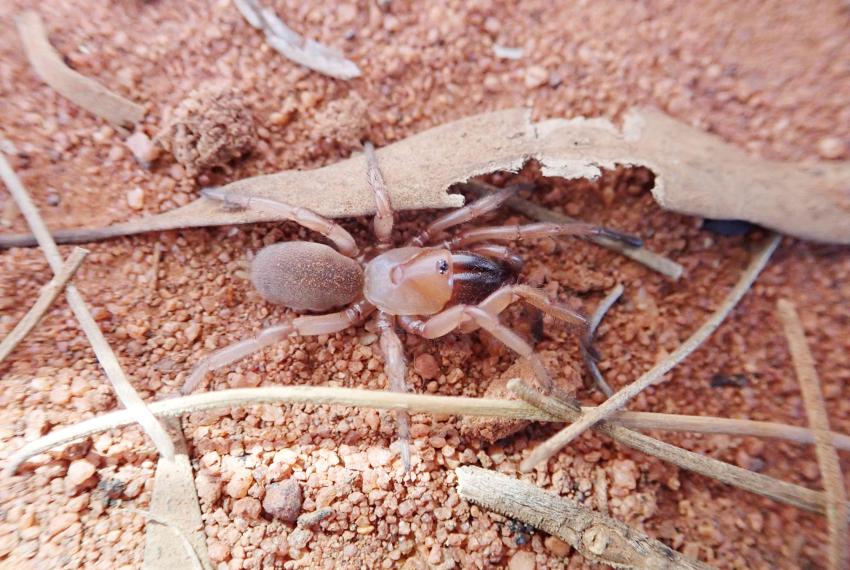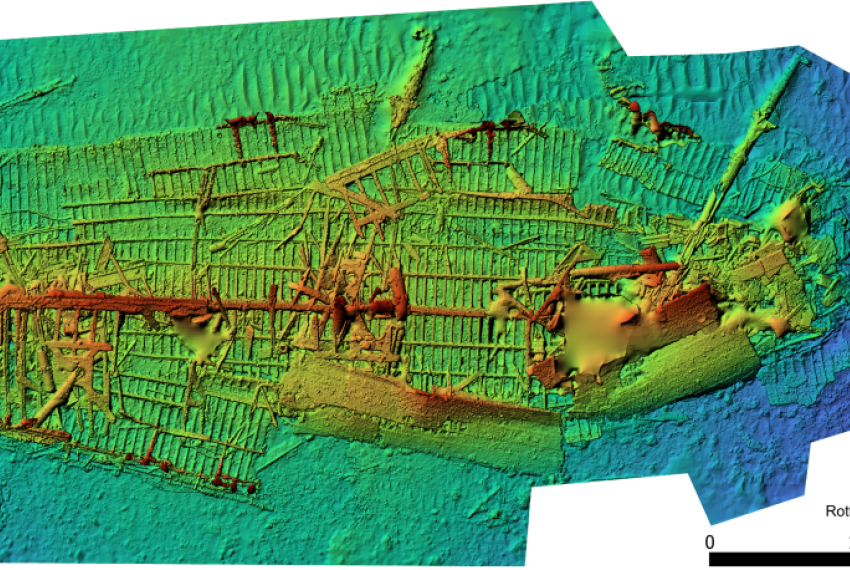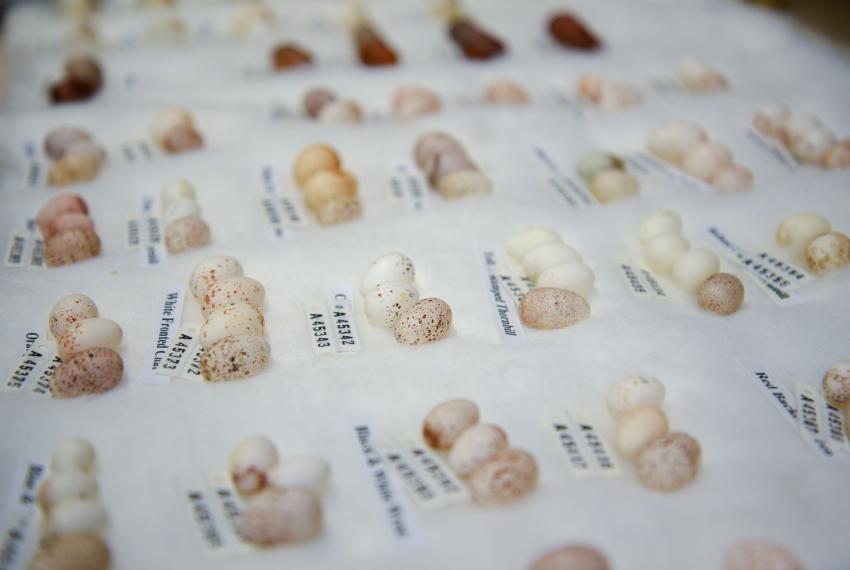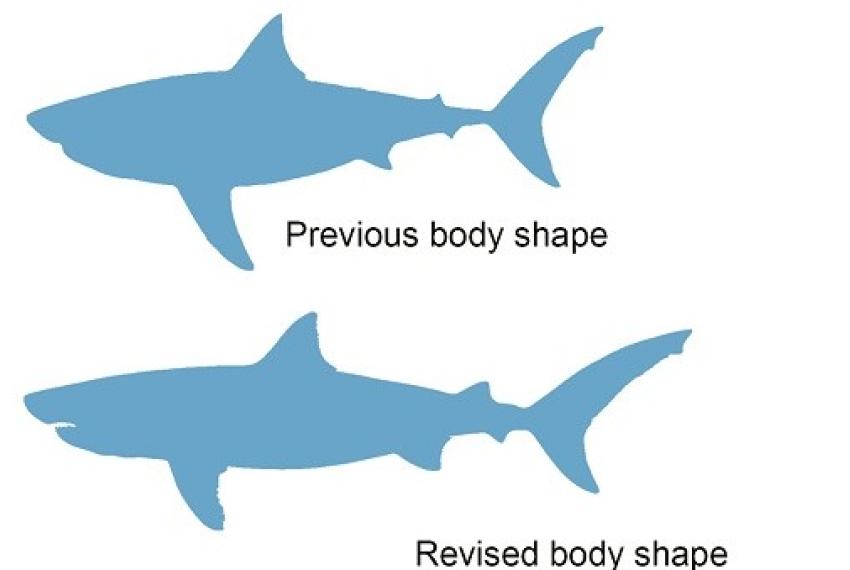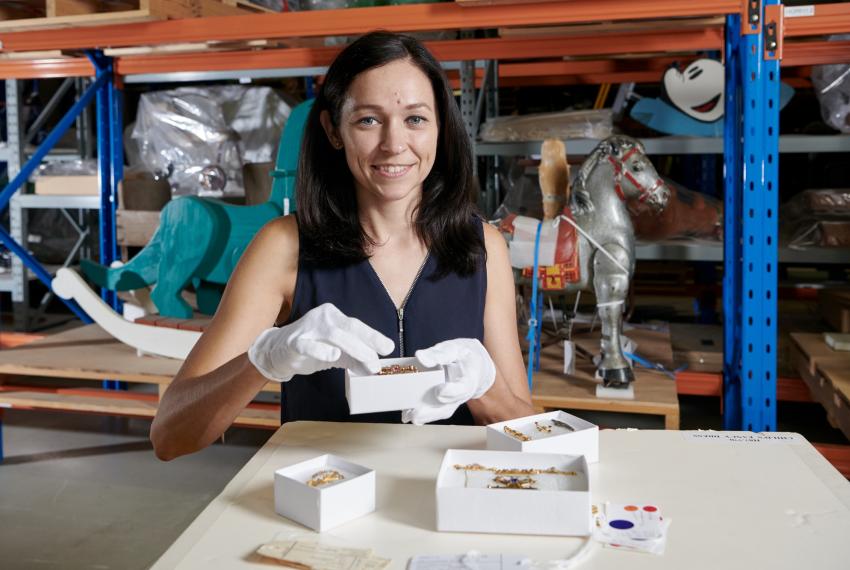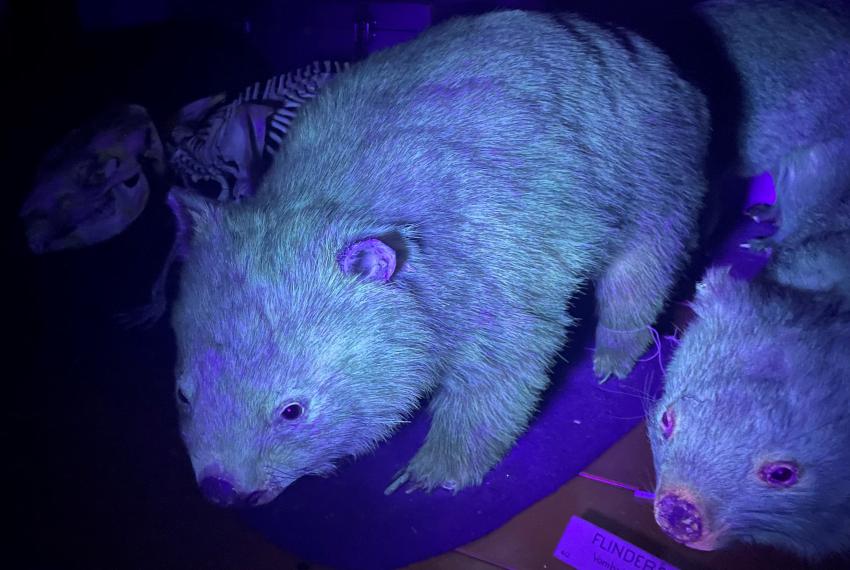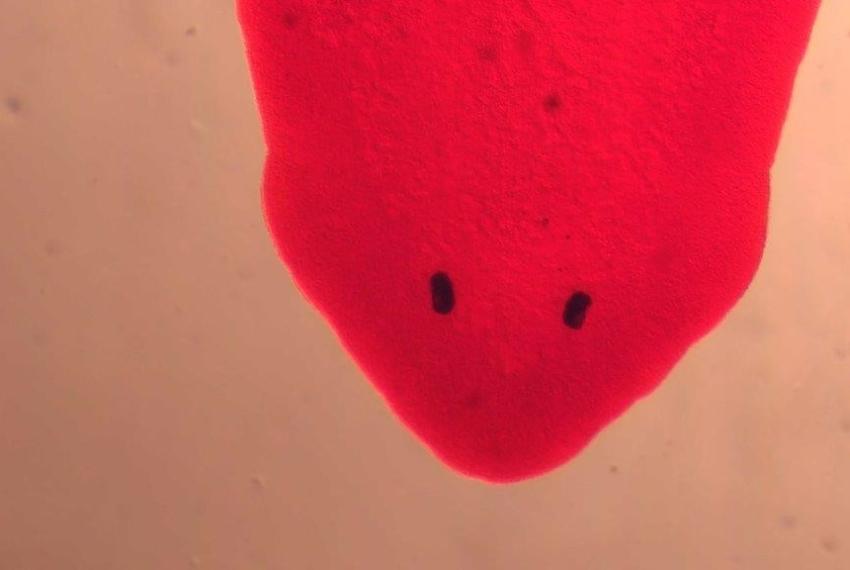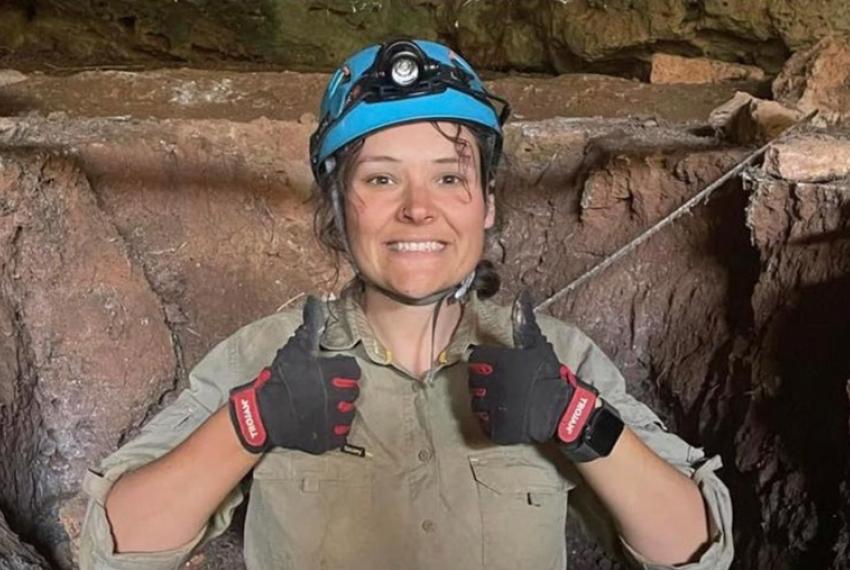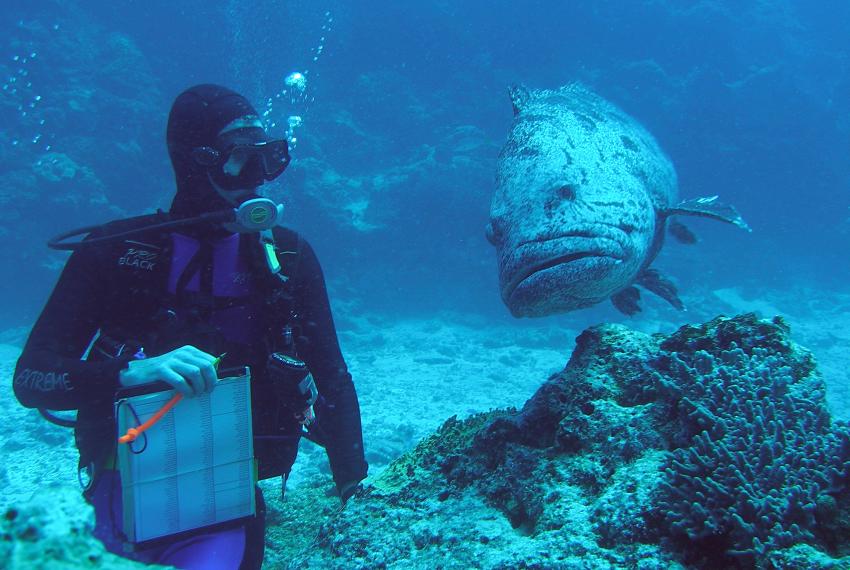Spiders are not everyone’s cup-of-tea, but this National Science Week the Western Australian Museum is celebrating the identification of 24 new species of hooded wishbone spiders from WA.
Diving up to 100m into the Indian Ocean west of Perth, a team of elite technical divers are uncovering and identifying shipwrecks in conjunction with the Western Australian Museum. Some of these shipwrecks have been at the bottom of the sea for more than 100 years.
Long before Pokémon GO or Footy Cards existed, the biggest collecting mania was bird eggs!
The Western Australian Museum was part of an international team of 26 leading shark palaeontologists and neontologists who have challenged a recently published interpretation of the body shape of the megatooth shark Otodus megalodon.
Our Western Australian Museum passionate volunteers make a significant contribution to our organisation in a variety of roles by donating their valuable time, knowledge and resources.
In the last few years, more and more mammals have been reported to fluoresce under ultraviolet light. Fluorescence is commonly reported amongst animals including birds, reptiles, and fish. But until now, no-one knew how common it was amongst mammals.
Did you know the ocean is home to a huge population of creatures that can’t be shown in a display case but are very important to life?
To celebrate National Science Week 2023, the Western Australian Museum is excited to share some of the stories and highlight some of the research undertaken by our very own scientists this year.
A fossil lizard discovered by researchers at Flinders University and a member of Western Australian Museum staff has been described as by far the largest and most bizarre skink that ever lived.
Dr Glenn Moore is the Curator of Fish at WA Museum and the State-recognised authority for the identification and taxonomy of marine and freshwater fish. He is regularly involved in scientific projects to grow our understanding of Western Australian biodiversity and biogeography.
